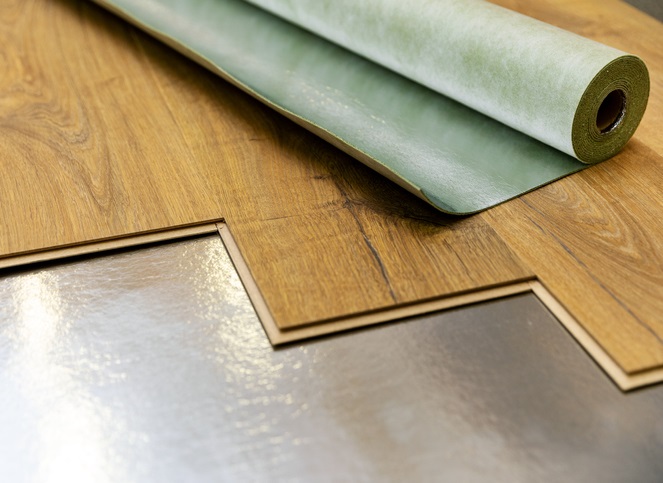IMPORTANT INFORMATION
Types Of Underlay
Reading time: 6 minutes
Why is underlay important?
When starting flooring installation, including carpeting, underlay is an essential. It serves several purposes. It also adds a layer of insulation. This can be in the form of thermal insulation - helping to maintain an energy efficient home - or acoustic insulation. In some cases, both. Acoustic insulation is particularly important for flooring in flats, for example, reducing the sound from neighbours above and below.
Underlay also helps protect the longevity of the flooring itself, especially for laminate, solid wood and engineered wood flooring. This is because it helps to cushion the flooring from striking the underfloor. This shock absorption also makes the floor much more comfortable to walk on.
What types of underlay are there?
As you might expect, there’s a huge variety of underlay that’s suited to many different specific purposes, so you should be able to find the type you need. These are perhaps the most common types of underlay suited to most uses, but you may find variations of these when you shop around.
- Fibreboard Underlay
- Foam Underlay
- Foil Underlay
Can you put a layer of underlay on top of another?
It might be tempting to put new underlay over old, especially if the older underlay still looks unworn or undamaged. Alternatively, you might want to put an acoustic underlay with thermal underlay. In most cases it’s best to avoid putting two layers of underlay together, this could be bad for your flooring. It can add too much cushioning, making your flooring bend or warp over time. As with any installation of materials, there might be situations where more than once kind of underlay is required, but always refer to manufacturer’s instructions.
Do I need underlay with a moisture barrier?
It’s always a good idea to consider installing underlay with a moisture barrier. This is particularly necessary for installing kitchen, bedroom and bathroom flooring. However, you might find value in a moisture barrier for some older buildings. These can be less likely to have an effective type of insulation and ventilation than newer properties.
Which underlay can I use with underfloor heating?
With underfloor heating, the main thing to consider is its tog rating. The tog is the thermal resistance of the underlay. The lower the tog rating, the lower the thermal resistance. A low thermal resistance means that more heat can pass through the flooring. This is essential to getting the most from underfloor heating, and having underlay with a low tog rating. Typically a tog rating of under 1.0 is ideal, but the lower the better.
While having the right underlay is important, it’s just a part of finding the right flooring for a property. We’re here to help with that, with flooring advice and inspiration, including guides to find the best flooring for your needs.
Disclaimer: The information contained on this page is intended as an overall introduction and is not intended as specific advice from a qualified professional. Travis Perkins aims to avoid, but accepts no liability, in the case that any information stated is out of date.
Always refer to the manufacturer's guidance for installation instructions and product maintenance.





